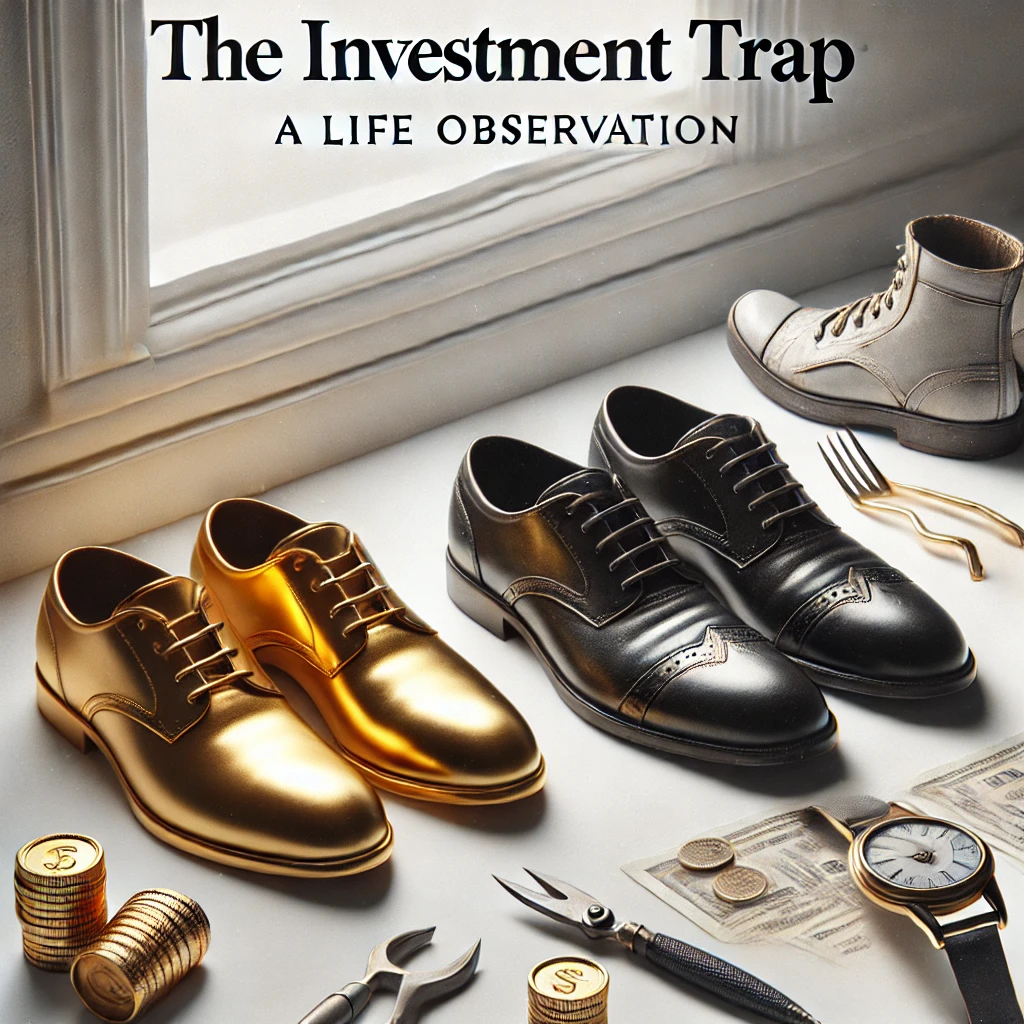Welcome to the Investment Excellence Space
At TFE, we are constantly striving to deliver unparalleled value and performance to our investors. It is with great excitement that we introduce the TFE Alpha Seeking Fund, a premier investment solution designed to maximize returns while mitigating risks.

The Foundation of TFE Alpha Seeking Fund
Our TFE Alpha Seeking Fund is built on robust principles and investment strategies, tailored to meet the high expectations of our discerning investors. Here’s a detailed overview of what makes this fund a standout choice for both seasoned and emerging investors:
Investment Philosophy
The TFE Alpha Seeking Fund is guided by a philosophy that emphasizes:
- Active Edge: Leveraging advanced models to stay ahead in dynamic market conditions.
- Diversification: Spreading investments across various investment objectives, time horizons, sectors, and economic cycles.
- Long-term Growth: Focusing on sustainable growth strategies that yield consistent returns.
Macro Score Model Integration
Our proprietary Macro Score Model determines the current phase of the economic cycle, providing insights into whether we are in a Recession, Breakthrough, Rally, Boom, or Slow Down. This model allows us to strategically allocate assets and adjust our investment approach accordingly.
Market Direction Predictions
Using the Market Direction Prediction Model, we forecast market trends for the upcoming quarters. This predictive capability enables us to make informed decisions about market entry and exit points, optimizing the performance of our investment portfolios.
Strategic Model Selection
We have developed a sophisticated Model Selection framework that aligns our investment choices with the prevailing economic conditions and market forecasts. This ensures that our portfolios are always positioned to capitalize on growth opportunities while safeguarding against potential downturns.
Dynamic Investment Strategies
The TFE Alpha Seeking Fund employs a range of investment strategies tailored to different time horizons:
- Daily Swing: Capitalizing on short-term market movements.
- Weekly/Monthly Swing: Navigating medium-term trends.
- Annual Swing: Focusing on long-term growth.
- Cost Averaging (Drip): Mitigating risk through consistent, incremental investments.
Asset Scoring and Allocation
Each asset within our portfolio is meticulously scored based on its Fundemantal performance metrics, and its technical analysis including trend strength and reversal patterns. This scoring informs our allocation decisions, ensuring that our portfolios balanced and optimized for maximum returns.
Comprehensive Communication Reports
Transparency and communication are key pillars of our approach. Our Communication Report Model generates detailed monthly, quarterly, and annual reports, keeping you informed about portfolio performance, market conditions, and strategic adjustments.
Key Features of the TFE Alpha Seeking Fund:
- Accessible Entry Points: Minimum investment thresholds designed to welcome a broad range of investors.
- Competitive Fees: Transparent fee structures with no hidden costs, ensuring you get the most value from your investments.
- Target Annual Return: The fund aims for an average annual return of 10-12%, leveraging market opportunities and sophisticated strategies.
- Historical Performance: Over the past 5 years, similar investment strategies employed by our team have yielded average annual returns of 17.5%, with a consistent track record of outperforming benchmarks.
- Risk-Adjusted Returns: By employing diversification and advanced risk management techniques, the fund maintains a favorable Sharpe ratio, indicating high returns relative to the level of risk taken.
The TFE Alpha Seeking Fund is more than just an investment vehicle; it is a pathway to financial growth and stability. By leveraging cutting-edge models and strategic insights, we aim to deliver exceptional performance and drive your investment success.










